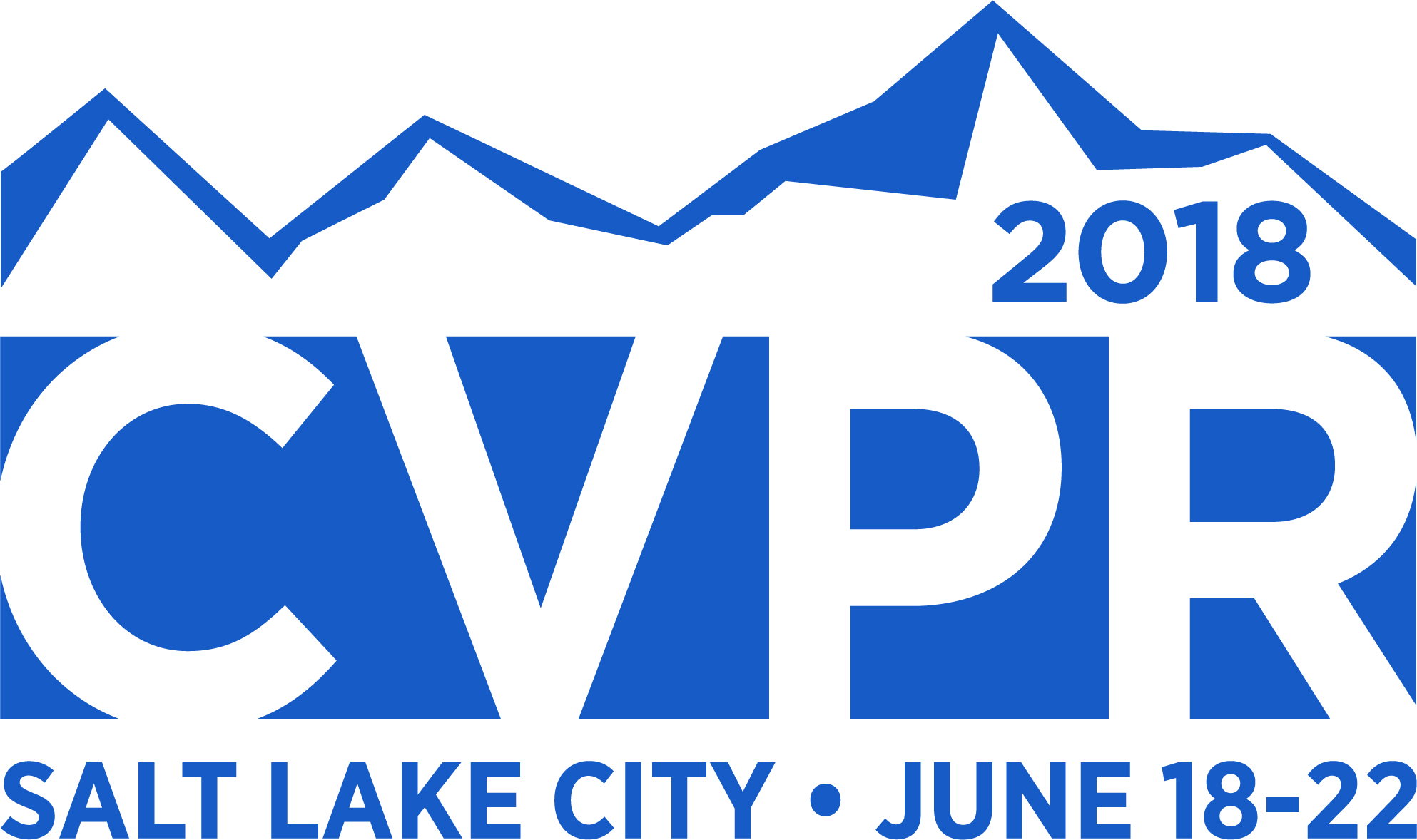-
Unsupervised Domain Adaptation With Similarity Learning
AbstractThe objective of unsupervised domain adaptation is to leverage features from a labeled source domain and learn a classifier for an unlabeled target domain, with a similar but different data distribution. Most deep learning approaches consist of two steps: (i) learn features that preserve a low risk on labeled samples (source domain) and (ii) make the features from both domains to be as indistinguishable as possible, so that a classifier trained on the source can also be applied on the target domain. In general, the classifiers in step (i) consist of fully-connected layers applied directly on the indistinguishable features learned in (ii). In this paper, we propose a different way to do the classification, using similarity learning. The proposed method learns a pairwise similarity function in which classification can be performed by computing distances between prototype representations of each category. The domain-invariant features and the categorical prototype representations are learned jointly and in an end-to-end fashion. At inference time, images from the target domain are compared to the prototypes and the label associated with the one that best matches the image is outputed. The approach is simple, scalable and effective. We show that our model achieves state-of-the-art performance in different large-scale unsupervised domain adaptation scenarios.
Related Material
[pdf] [arXiv][bibtex]@InProceedings{Pinheiro_2018_CVPR,
author = {Pinheiro, Pedro O.},
title = {Unsupervised Domain Adaptation With Similarity Learning},
booktitle = {Proceedings of the IEEE Conference on Computer Vision and Pattern Recognition (CVPR)},
month = {June},
year = {2018}
}
These CVPR 2018 papers are the Open Access versions, provided by the Computer Vision Foundation.
Except for the watermark, they are identical to the accepted versions; the final published version of the proceedings is available on IEEE Xplore.
Except for the watermark, they are identical to the accepted versions; the final published version of the proceedings is available on IEEE Xplore.
This material is presented to ensure timely dissemination of scholarly and technical work.
Copyright and all rights therein are retained by authors or by other copyright holders.
All persons copying this information are expected to adhere to the terms and constraints invoked by each author's copyright.

